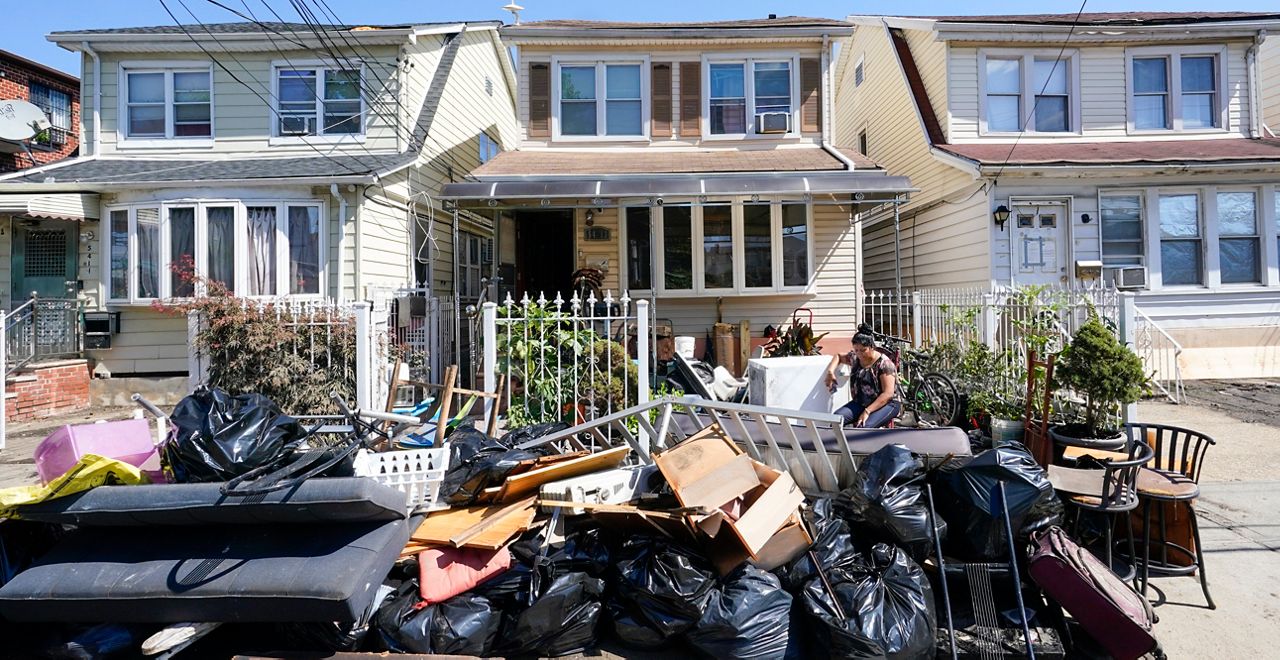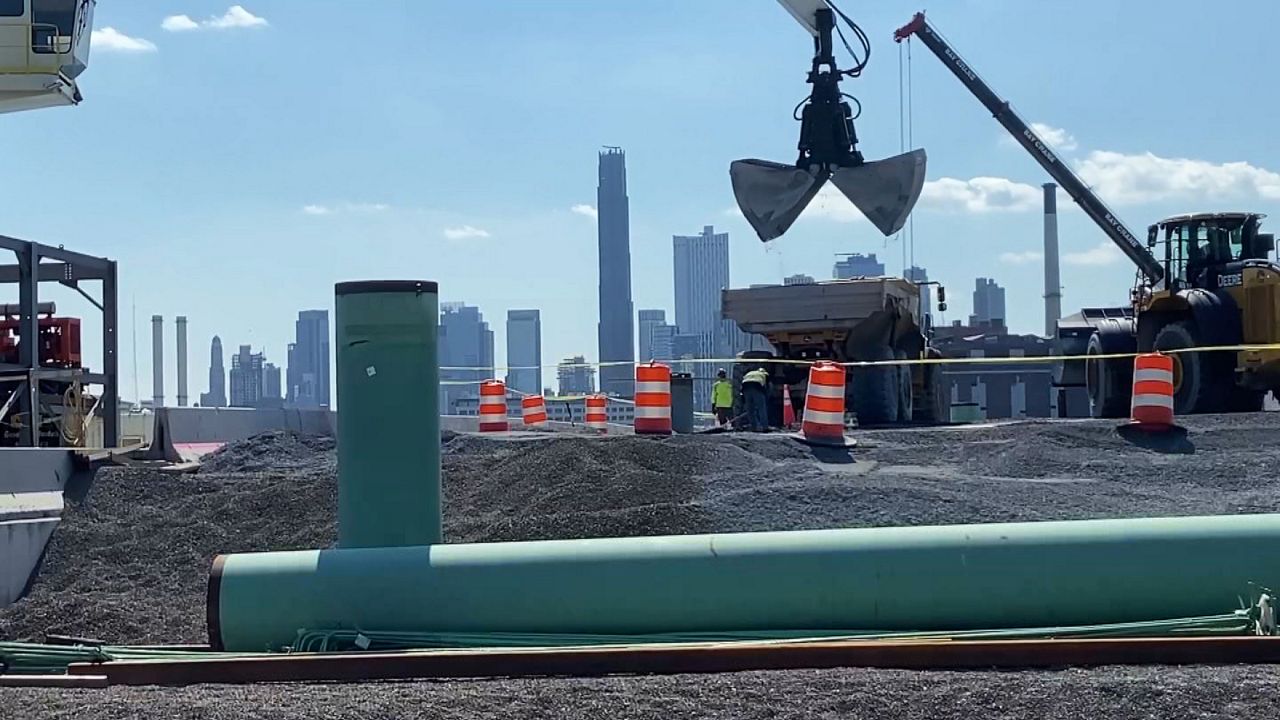A massive plant on the Lower East Side generates most of the iconic New York City steam that heats up much of the Manhattan skyline.
Now, Con Edison is looking at ways to reduce its greenhouse gas emissions.
This facility opened its doors in 1926 and is the largest of a steam system that, through a wide network of underground pipes, provides heat and hot water to 1600 customers, including the Empire State and Chrysler buildings.
What You Need To Know
- A steam plant on the Lower East Side is the largest of the 140-year-old system
- Steam provides heat and hot water to Grand Central Terminal and the Empire State Building, among other landmarks
- The steam is generated by burning natural gas, something Con Edison wants to change
- Transitioning to low-carbon fuels will help buildings comply with Local Law 97
Right now, burning natural gas generates the steam, something Con Edison wants to change in the coming years.
“If you look at Con Edison’s steam history, we have been coal, heavy fuel oils and natural gas. Over a hundred and forty years, we have continued to evolve and progress and move towards lower carbon options. We are just looking at this as another evolution in that progression,” said Frank Cuomo, the general manager of steam operations at Con Edison.
Decarbonizing this plant will help buildings comply with the city’s Local Law 97, which mandates large reductions in greenhouse gas emissions in the coming decades.
“Let’s look at all these innovative ways that we can take advantage of technology to move us towards a much better, more efficient and cleaner way of heating our facilities,” said Julie Tighe, president of the New York League of Conservation Voters.
Overall, Con Edison says it’s committed to reach net-zero emissions from all its facilities by 2040 and deliver 100% clean power to its customers by that year.
To help with that goal, the company is also building a new transmission line in Long Island City that will supply the boroughs outside of Manhattan.
“Renewable energy is going to come to the city from other areas, from off-shore wind in the middle of the ocean, solar and wind coming from upstate, but once it reaches the city, we need a way to get it then to our customers,” said Dana Lazarus, director of Con Edison’s energy markets policy group.
The utility company is also trying to find ways to offset any future greenhouse gas emissions by investing in different techniques of carbon capturing.









 PKG Climate Displacement Risk CG_127525388_2095)